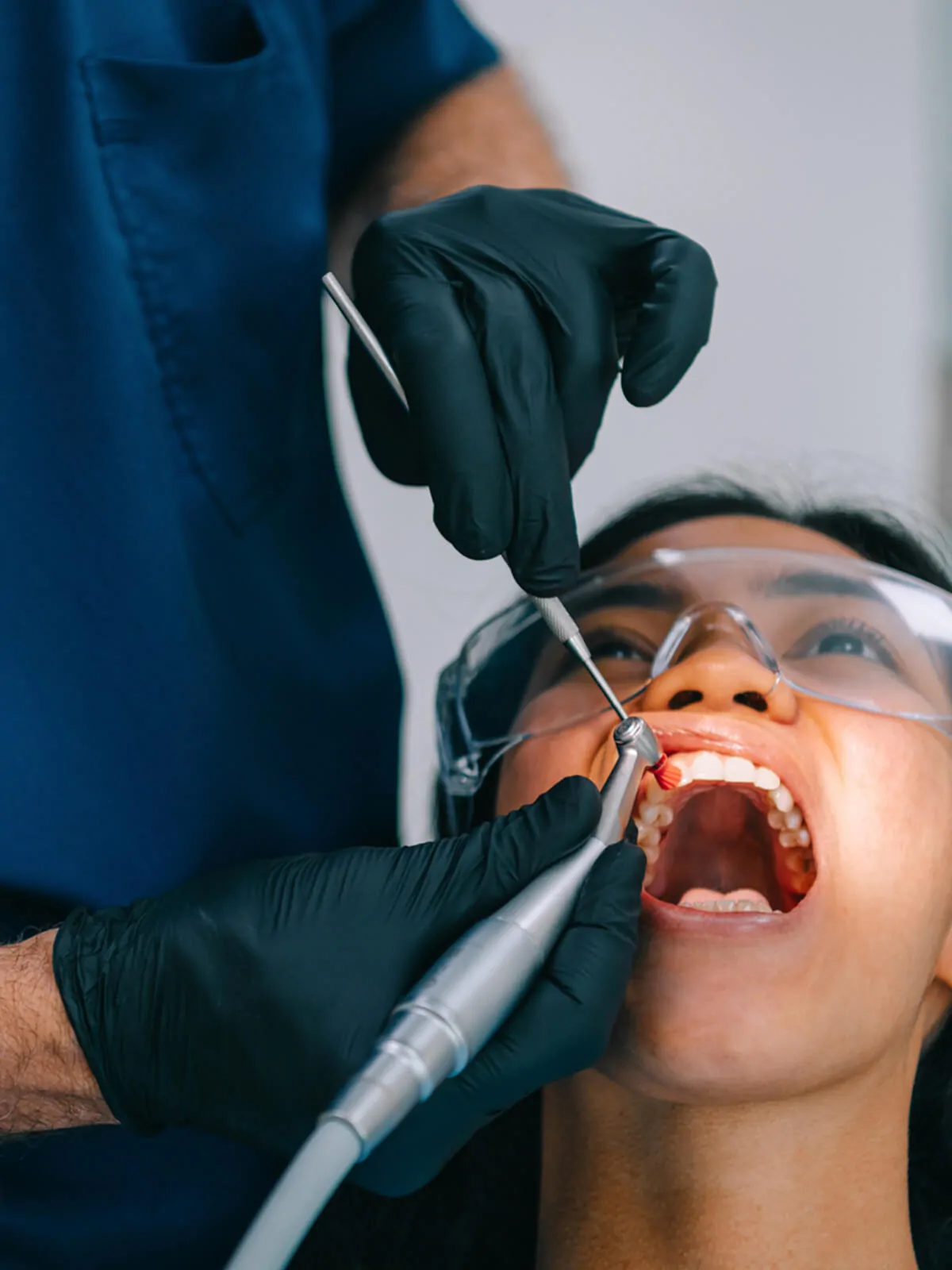The Benefits of Routine Visits to a Dentist Eugene Oregon
The Benefits of Routine Visits to a Dentist Eugene Oregon
Blog Article
Check Out the Series Of Dental Issues Dentists Frequently Handle
From the prevalent trouble of dental caries created by bacterial activity to the more insidious development of gum disease, oral specialists must be proficient at early detection and intervention. Tooth sensitivity, commonly resulting from used enamel, includes one more layer of intricacy, while the very early recognition of oral cancer can be life-saving.
Tooth Cavities and Dental Cavity
While preserving ideal oral hygiene is vital, tooth cavities and tooth degeneration remain common problems that dental practitioners regularly address. Tooth cavities, also understood as tooth decays, are triggered by the demineralization of tooth enamel as a result of acid-producing bacteria in the mouth. These bacteria grow on sugars and starches from food and drinks, producing a cycle of acid attacks that gradually erode the enamel and dentin layers of teeth. If left neglected, cavities can bring about substantial dental problems, consisting of infections and tooth loss.
To identify dental caries and tooth decay, dental practitioners utilize a mix of visual assessments, dental X-rays, and often laser fluorescence tools. For even more advanced decay, a dental practitioner may need to get rid of the compromised tissue and bring back the tooth with dental fillings made from materials such as composite resin, amalgam, or porcelain.
Safety nets are critical in combating dental caries and dental cavity. Regular dental examinations, correct brushing and flossing strategies, and a balanced diet reduced in sugary foods and beverages are essential practices that support oral health and wellness and lessen the threat of tooth decays.
Gum Condition

This creates the periodontals to pull away from the teeth, producing pockets that come to be contaminated. As the body's immune system fights the bacteria, the bone and connective cells that hold teeth in area are broken down.
Dentists diagnose gum disease through clinical examination and periodontal penetrating to gauge pocket midsts around the teeth. Therapy might include scaling and root planing to remove tartar and bacteria from tooth surface areas and under the gum tissues.

Tooth Sensitivity
Beyond gum tissue disease, one more usual dental problem that people frequently come across is tooth sensitivity. Defined by a sharp, short-term pain in reaction to stimulations such as warm, cold, sweet, or acidic foods and drinks, tooth level of sensitivity can considerably influence a patient's high quality of life - eugene dentist. This condition typically develops when the safety enamel layer of the teeth comes to image source be worn down or when the gums recede, subjecting the underlying dentin. Dentin consists of microscopic tubules that attach to the nerve endings within the tooth, thus transferring the agonizing experiences.
Additionally, oral treatments, broken teeth, and gum tissue illness can expose the dentin. To mitigate tooth level of sensitivity, dental practitioners may recommend utilizing toothpaste created for sensitive teeth, fluoride therapies to enhance enamel, or oral bonding to cover subjected dentin.
Ultimately, resolving tooth sensitivity calls for a detailed strategy that consists of both safety nets and targeted treatments to relieve discomfort and shield the dental structures.
Oral Cancer
Dental cancer, a significant and potentially serious problem, usually flies under the radar in routine oral treatment discussions. This kind of cancer cells can affect any type of component of the oral tooth cavity, consisting of the lips, tongue, cheeks, floor of the mouth, difficult and soft tastes buds, sinuses, and throat. Early detection is vital for effective treatment, yet lots of instances are diagnosed at sophisticated phases as a result of subtle preliminary signs and symptoms.
Misaligned Bites
Misaligned attacks, likewise understood as malocclusions, are a common dental problem that can considerably influence both dental health and overall lifestyle - dentists eugene. These conditions take place when the top and lower teeth do not line up effectively, resulting in problems in attacking, eating, and also talking. Malocclusions can be classified into different kinds, consisting of overbites, underbites, crossbites, and open attacks, each presenting distinct difficulties that call for customized therapy strategies
The discover this info here reasons for misaligned bites vary and can include genetic aspects, very early loss of key teeth, thumb sucking, and injuries to the jaw. Symptoms frequently include discomfort or pain in the jaw, regular biting of the internal cheeks, and a boosted threat of dental cavity and gum tissue condition as a result of trouble in keeping oral health.
Dentists and orthodontists employ a series of interventions to address misaligned attacks, from clear aligners and typical dental braces to advanced surgeries in severe instances. Early diagnosis and treatment are important to stop problems such as temporomandibular joint (TMJ) disorders and abnormal endure teeth. With extensive analysis and personalized therapy strategies, dental professionals play a crucial function in fixing malocclusions and enhancing people' dental function and looks.
Verdict
Dental experts deal with a spectrum of oral problems, each with distinctive difficulties and treatment methods. Tooth cavities and dental cavity arise from bacterial task that jeopardizes tooth enamel, while gum disease can intensify from gingivitis to severe gum conditions. Tooth level of sensitivity includes pain from thermal stimulations, requiring certain care. Early discovery of oral cancer is vital for reliable intervention. Misaligned bites impact both oral wellness and top quality of life, typically needing surgical or orthodontic services to remedy.
To detect cavities and tooth decay, dental experts use a mix of visual exams, dental X-rays, and in some cases laser fluorescence tools.Beyond periodontal disease, one more typical oral concern that patients regularly come across is tooth level of sensitivity. Additionally, dental procedures, split teeth, and gum tissue condition can reveal the dentin. To mitigate tooth sensitivity, dental experts might advise making use of toothpaste formulated for sensitive teeth, fluoride treatments to strengthen enamel, or dental bonding to cover subjected dentin. Tooth cavities and tooth degeneration result from bacterial activity that jeopardizes tooth enamel, while periodontal illness can escalate from gingivitis to extreme gum problems.
Report this page